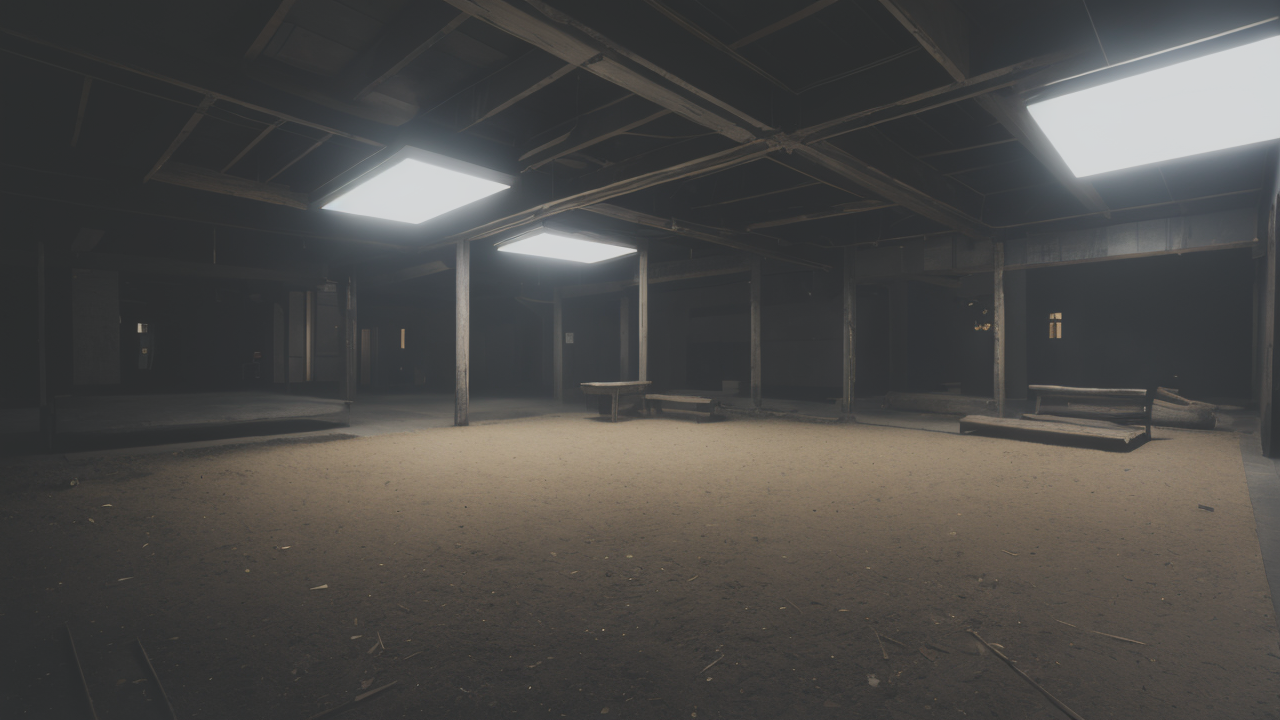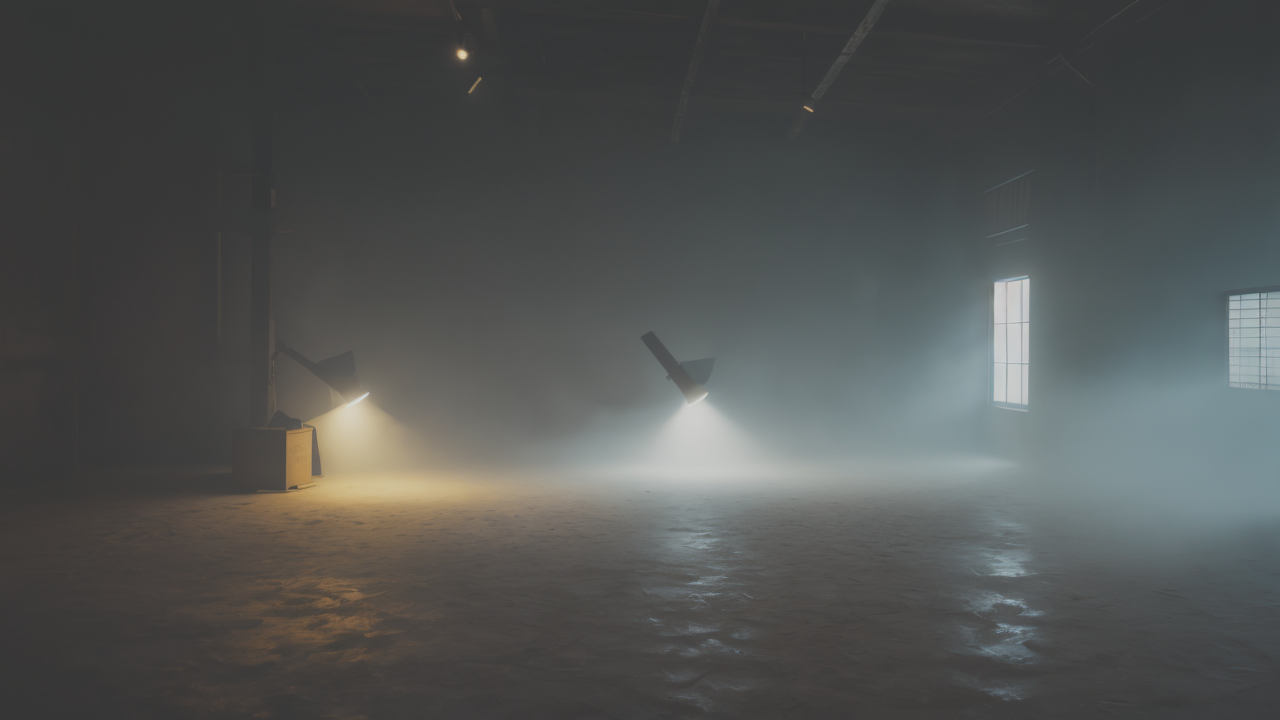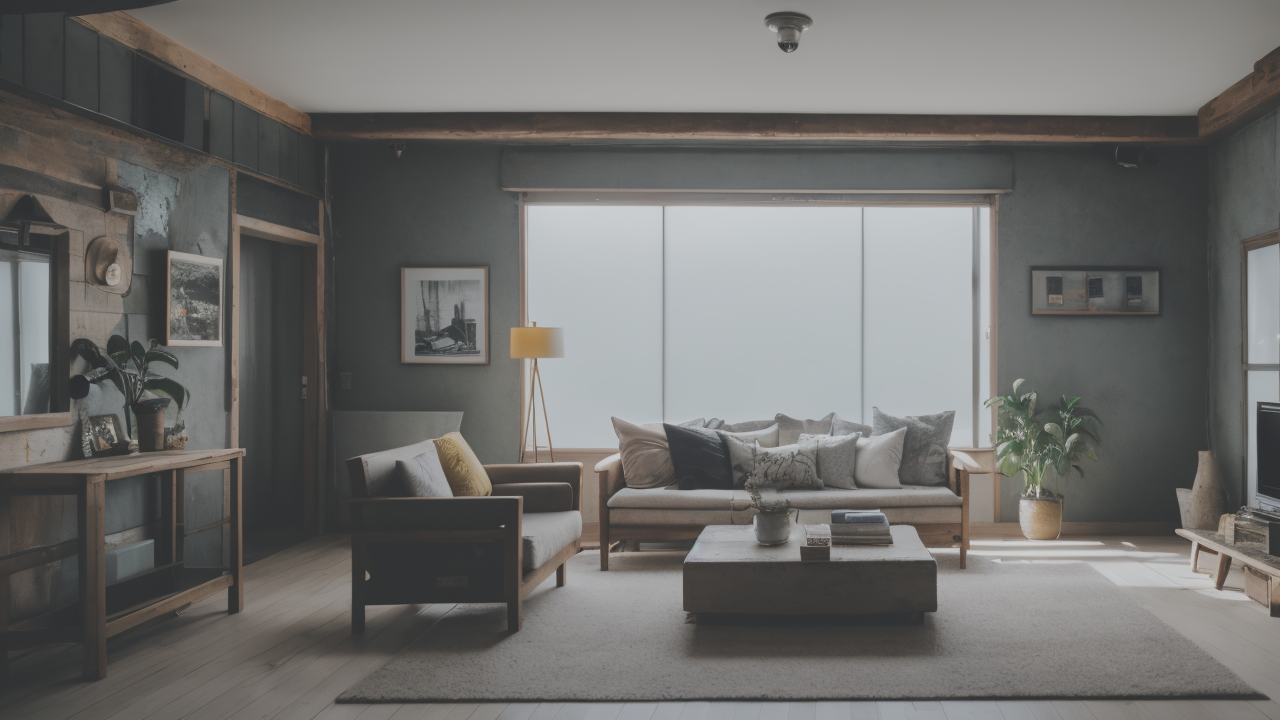
Colorful Chaos Meets Zen: Exploring Wabi-Sabi Abstract Paintings
The Art of Wabisabi: Origins and Techniques
Understanding Wabisabi: A Brief History
Wabi-sabi is a Japanese concept that finds beauty in imperfection. It emerged in the 15th century as a reaction to ornate decorations. The idea values simplicity, naturalness, and the marks of time.

Key aspects of wabi-sabi include:
- Acceptance of transience
- Appreciation of natural imperfections
- Reverence for authenticity
- Celebration of simple, humble objects
Wabi-sabi encourages us to see beauty in worn, weathered things. It teaches us to embrace the natural cycle of growth and decay. This philosophy deeply influences Japanese art and design.
In wall art, wabi-sabi translates to textures that mimic natural wear. It creates surfaces that tell a story of time and use. This aesthetic brings warmth and character to living spaces.
Fundamental Wabisabi Techniques and Tools
Creating wabi-sabi textures requires specific techniques and tools. These methods aim to produce surfaces that look naturally aged and imperfect.
Essential wabi-sabi techniques include:
- Layering: Building depth with multiple coats
- Distressing: Creating worn, aged appearances
- Crackle finishing: Producing controlled surface cracks
- Color washing: Adding subtle tonal variations
- Patina application: Simulating natural aging processes
Tools for wabi-sabi textures include:
- Trowels and spatulas of various sizes
- Natural fiber brushes
- Sponges and rags for texture creation
- Sandpaper of different grits
- Chisels and scrapers for distressing
These techniques and tools allow artists to craft surfaces with depth and character. The goal is to create textures that look like they've developed over time. This approach adds soul and story to wall art.
SC209 Plaster: Enhancing Wabisabi Textures
The Benefits of Using SC209 Plaster for Wabisabi
SC209 plaster is an excellent medium for creating wabi-sabi textures. Its unique properties make it ideal for achieving the desired imperfect, aged look.

Advantages of SC209 plaster include:
- Versatility: Can be applied to many surfaces
- Workability: Easy to shape and manipulate
- Durability: Creates long-lasting finishes
- Texture potential: Allows for diverse effects
- Eco-friendly: Made from natural materials
SC209 plaster can be tinted, layered, and distressed to create authentic wabi-sabi finishes. It mimics natural materials like stone or aged wood. The plaster's organic composition aligns with wabi-sabi's focus on nature.
This material allows artists to explore various techniques. It can be smooth or rough, cracked or seamless. SC209 plaster provides a perfect canvas for expressing the wabi-sabi aesthetic in wall art.
Step-by-Step Guide to Applying SC209 Plaster
Applying SC209 plaster for wabi-sabi textures involves several steps. This process allows for creativity and experimentation.
- Prepare the surface:
- Clean and dry the wall
- Apply primer if needed
- Repair any damages
- Mix the plaster:
- Follow manufacturer's instructions
- Add tints or pigments if desired
- Apply the base layer:
- Use a trowel or spatula
- Create an uneven surface for texture
- Add texture:
- Use various tools to create patterns
- Experiment with different techniques
- Allow to partially dry:
- Wait until the plaster is semi-dry
- Distress the surface:
- Use sandpaper or tools to create worn look
- Focus on edges and high points
- Apply additional layers:
- Add depth and complexity
- Use contrasting colors if desired
- Final distressing:
- Sand or scrape to reveal underlying layers
- Create a naturally aged appearance
- Seal the finish:
- Use a matte sealer to protect the surface
- Avoid glossy finishes that contradict wabi-sabi
Remember, imperfection is key in wabi-sabi. Embrace unexpected results and let the material guide you.
Implementing Wabisabi Techniques in Home Decor and Beyond
Incorporating Wabisabi into Modern Interior Design
Wabi-sabi aesthetics can transform modern interiors. They add depth and character to spaces. The key is to balance contemporary elements with wabi-sabi textures.

Ideas for wabi-sabi in modern homes include:
- Textured accent walls using SC209 plaster
- Distressed wooden furniture pieces
- Handmade ceramic decorations
- Natural fiber rugs and textiles
- Asymmetrical arrangements of objects
Color palettes for wabi-sabi interiors often include:
- Earthy tones: browns, greys, and muted greens
- Soft whites and creams
- Warm, muted colors inspired by nature
Wabi-sabi design encourages a clutter-free environment. It values quality over quantity. Focus on meaningful objects that show age or imperfection. Use cracked pottery or weathered wood.
Incorporate wabi-sabi wall art as a focal point. Let the textured surface tell a story. Pair it with simple, clean-lined furniture for contrast. This creates a balanced, harmonious space.
Expanding the Reach: Wabisabi in Various Industries
The influence of wabi-sabi extends beyond home decor. Its principles are finding applications in various fields. This reflects a growing appreciation for authenticity and imperfection.
Wabi-sabi in fashion includes:
- Distressed denim and leather
- Naturally dyed fabrics
- Asymmetrical cuts and designs
- Mended or patched garments
Wabi-sabi in product design features:
- Electronics with tactile, organic finishes
- Furniture embracing natural wood grains
- Kitchenware with intentional imperfections
Wabi-sabi in architecture incorporates:
- Use of reclaimed materials
- Exposed structural elements
- Integration of weathered surfaces
Wabi-sabi in digital design showcases:
- Handcrafted illustrations
- Imperfect typography
- Textures mimicking natural materials
The application of wabi-sabi principles in these fields reflects a shift. People are moving towards more sustainable and mindful consumption. They appreciate the beauty of imperfection.
Wabi-sabi encourages us to slow down and notice details. It helps us find beauty in unexpected places. This philosophy can lead to a more mindful, appreciative way of living.
In conclusion, SC209 plaster offers an excellent medium for wabi-sabi textures. Understanding the philosophy's origins and mastering key techniques is crucial. With these skills, you can bring the beauty of imperfection into various aspects of design and life. Embrace the art of wabi-sabi and discover the profound beauty in life's imperfections.


